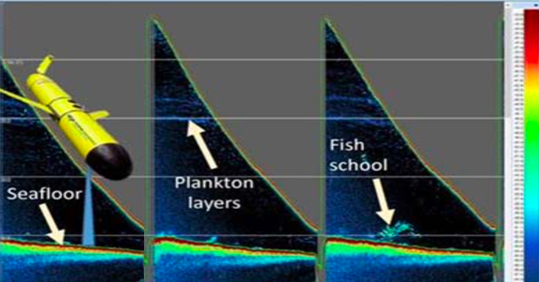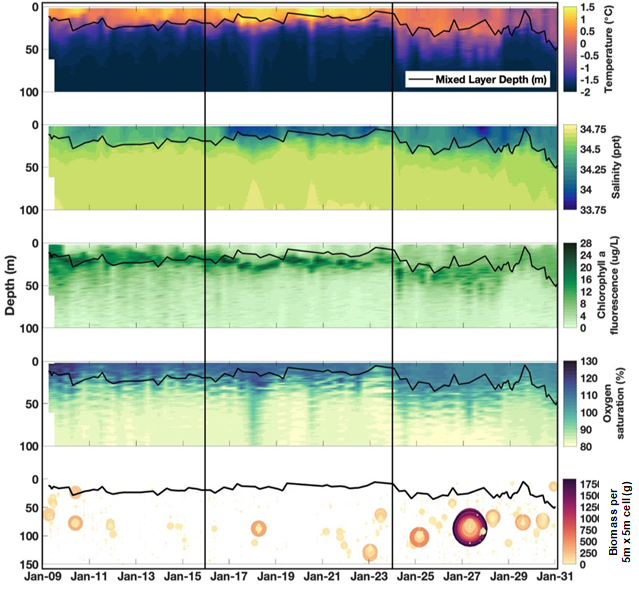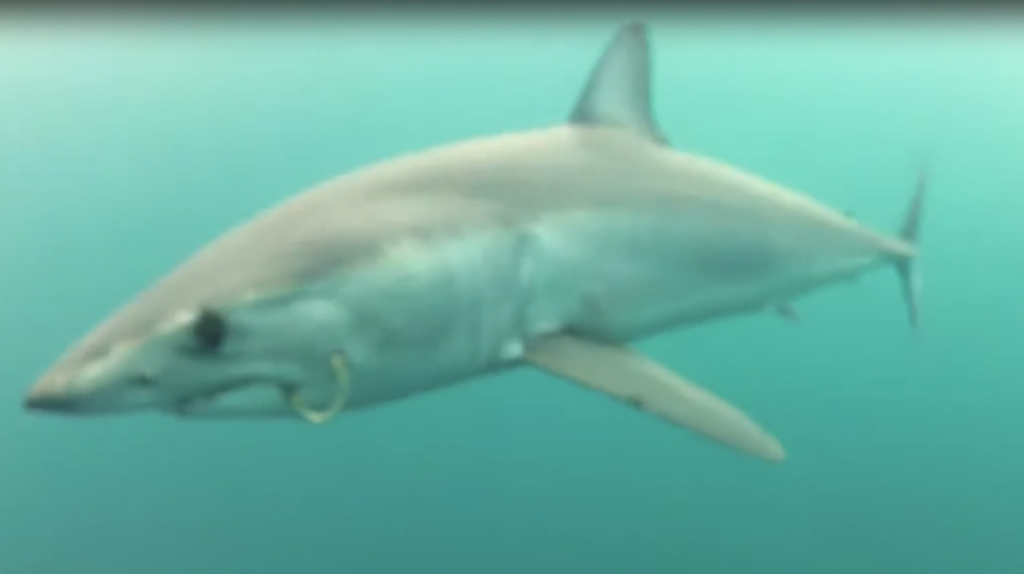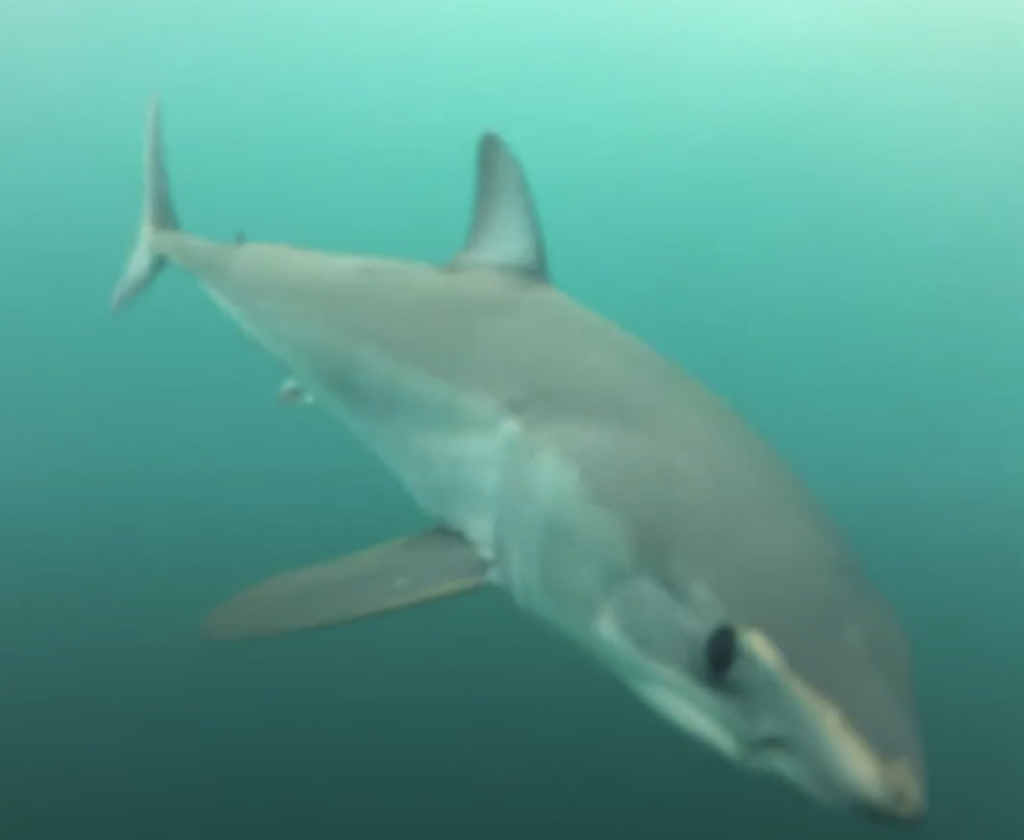
Thomas Motz Grothues

Grace Saba
Research Questions
The placement of planned offshore wind platforms off the coast of New Jersey overlays historic vessel-based fisheries surveys that may need to be modified, or augmented, once the platforms are built and in operation. Additionally, due to an increasing loss of costly ship time and event-based disruptions such as the recent COVID pandemic, opportunities for vessel-based biological observing efforts are increasingly becoming an issue for academic and federal research programs (Reiss et al. 2021). Therefore, there is a need to test the potential for autonomous platforms, such as underwater gliders, to augment/replace current vessel-based efforts, specifically the pelagic and trawl fish surveys, conducted through NOAA National Marine Fisheries Service Northeast Fisheries Science Center Ecosystem (NMFS NEFSC) Monitoring and Ecosystems Surveys groups.
- What is the abundance, distribution, assemblage, and size structure of pelagic fishes that are not well sampled by trawls?
- How does this respond to wind resource development?
- How does glider survey of pelagic fishes correspond to other methods of assessment?

Example of glider raw sonar returns from descent phase showing zooplankton concentration and fish school

Example of processed data showing biomass distribution along transect relative to hydrography.


